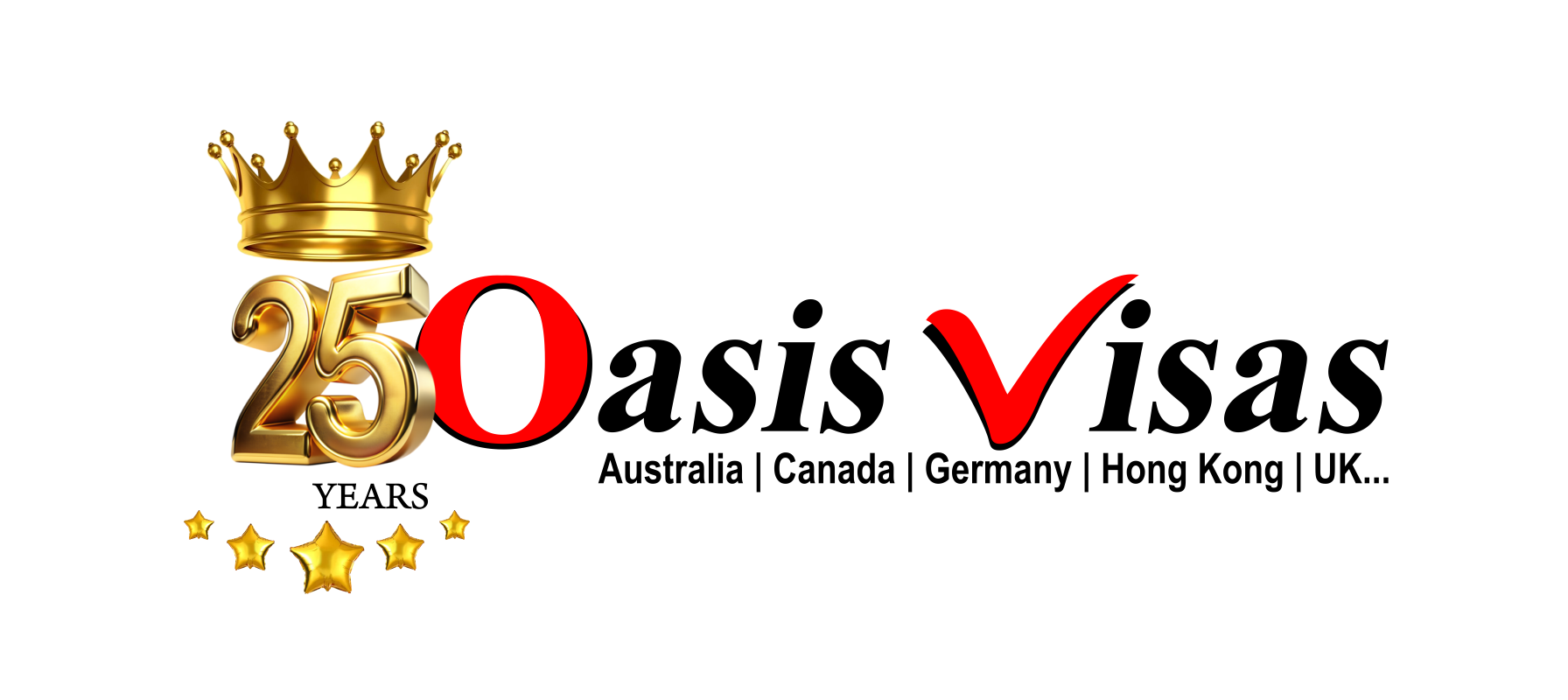Alberta is set to nominate more newcomers this year, offering greater opportunities for individuals seeking permanent residence (PR) in the province. The Alberta Advantage Immigration Program (AAIP) has received an increased allocation of provincial nominations from Canada’s federal government for 2025.
The total number of nominations now stands at 6,403, up by 1,528 spots from the previous limit of 4,875. With this increase, the AAIP has recovered 65% of its 2024 nomination allocation of 9,750 spots, giving a boost to immigration opportunities in the province.
What This Means for AAIP Candidates
The AAIP will soon provide detailed updates on its “processing page” about how this new allocation will affect each of its streams. The program has emphasized that the additional nominations will help “strengthen our ability to support regional labour market needs and advance key provincial priorities.” This suggests that some of the extra 1,500+ nomination spots may be directed toward candidates with in-demand occupational experience, though the exact distribution is not yet confirmed.
Previously, under the 4,875 nomination allocation, 2,592 nominations (53%) were dedicated solely to the Alberta Opportunity Stream, highlighting the province’s focus on key labor market needs.
Why the AAIP Allocation Was Reduced Initially
In late 2024, the former federal administration decided to lower immigration levels for 2025–2027 due to housing supply shortages and affordability concerns. As part of this adjustment, the federal government cut the overall landings allocation for Provincial Nominee Programs (PNPs) by 50%, from 110,000 to 55,000.
This reduction directly impacted the number of nominations each province could receive, meaning fewer newcomers could settle through PNPs in 2025. Consequently, provinces began prioritizing candidates who best align with local labor market demands and provincial priorities.
A New Wave of Increases Across Canada
Alberta is not the only province to see an increase in its nomination allocation. In response to ongoing lobbying by provincial and territorial immigration authorities, several other regions have also received higher allocations to meet local workforce needs. These include:
- New Brunswick
- Newfoundland and Labrador
- Saskatchewan
- Yukon
- Northwest Territories
This renewed increase in nominations marks a positive step for both prospective immigrants and provinces seeking skilled workers, ensuring a more targeted and effective approach to immigration in 2025.

